Description
Bosch Rexroth Indramat PPC-R22.1N-T-Q2-NN-NN-FW – Programmable Motion/PLC Controller for Multi‑Axis Drive Systems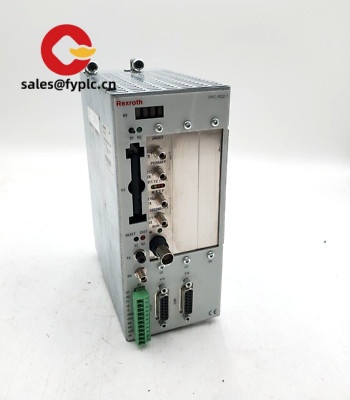
The PPC-R22.1N-T-Q2-NN-NN-FW is part of the Bosch Rexroth Indramat PPC-R series used to coordinate multiple servo axes—typically over a SERCOS drive bus—in DIAX/ECODRIVE-based machines. From my experience, it’s a reliable drop‑in controller card when you’re maintaining legacy lines or extending an existing machine with additional motion logic. The suffix “-FW” indicates firmware is supplied separately; we can preload and test a matching firmware set before shipment to cut your commissioning time.
Our Company’s Order Placement Process and Guarantees
- Warranty: 365 days
- Lead time: 1 week if in stock; no more than one month at the latest
- Payment: 50% advance payment; full payment prior to delivery
- Express options: FedEx, UPS, DHL
- Service add‑ons: Firmware loading, parameter restoration, and bench testing available on request
Key Features
- Multi‑axis motion coordination: Typically manages multiple servo drives in synchronized profiles for machine tools, packaging, and printing lines.
- Integrated PLC‑style sequencing: Handles interlocks, machine states, and diagnostics to reduce the need for a separate controller in many cases.
- Fieldbus/drive communication: The PPC-R series commonly uses a SERCOS optical ring for drive control; the “Q2” option appears to indicate extended fieldbus capability—often requested when machines interface with a higher‑level PLC.
- 24 VDC control power: Standard cabinet supply simplifies retrofits and service.
- Service & diagnostics: Front‑accessible service/diagnostic port and status LEDs make fault tracing more straightforward during commissioning.
- Firmware managed separately: “-FW” means firmware is ordered/loaded to match your installed base; this helps maintain compatibility with existing machine parameters.
Technical Specifications
| Brand / Model | Bosch Rexroth Indramat / PPC-R22.1N-T-Q2-NN-NN-FW |
| Product Type | Programmable Motion/PLC Controller Module (PPC-R series) |
| HS Code | 8537.10 (Programmable controllers / control panels) |
| Power Requirements | 24 VDC nominal (typical control supply; current draw depends on configuration) |
| Operating Temperature | 0 to +45 °C in a closed control cabinet with adequate ventilation |
| Signal I/O Types | Drive bus via fiber‑optic (SERCOS, typical for PPC-R); digital I/O through backplane/expansion; service/diagnostic serial port |
| Communication Interfaces | SERCOS (typical); RS‑232 service port; “Q2” option commonly used where additional fieldbus is required (confirm Profibus/other option before ordering) |
| Installation Method | Rack‑mounted PPC‑R module (Eurocard‑style) inside an industrial control cabinet; screw‑secured front panel |
| Dimensions & Weight | Compact 3U‑class rack card; approx. 220 mm card depth; typical mass around 0.6–0.8 kg |
| Firmware Handling | “-FW” indicates firmware is supplied/loaded separately; we can preload the requested version and verify on a test bench |
Application Fields
You’ll typically find the PPC-R22.1N in multi‑axis systems such as:
- Metalworking and CNC machine tools (synchronized spindle/axis control)
- Packaging and converting lines (electronic camming, registration control)
- Printing and web handling (line shaft replacements, tension control via drives)
- Woodworking and panel processing (multi‑axis positioning and tool change)
- Material handling and assembly systems (coordinated indexing and pick‑and‑place)
One thing I appreciate is how it slots into existing DIAX/ECODRIVE installations without forcing a redesign. A packaging OEM told me they swapped in this controller, preloaded with their legacy firmware, and were back in production in under an hour after basic I/O checks.
Advantages & Value
- Compatibility: Works with established Indramat DIAX/ECODRIVE platforms—no major cabinet changes in most cases.
- Reduced downtime: Preloaded firmware/parameters accelerate commissioning and reduce on‑site engineering time.
- Lifecycle support: Useful for maintaining legacy assets while planning a future controls upgrade path.
- Cost control: Lower total cost versus a full controls migration, especially when mechanics and drives remain healthy.
- Technical backing: Access to setup help, I/O mapping checks, and cabinet best practices when needed.
Installation & Maintenance
- Cabinet environment: Install in an enclosed control cabinet per IEC/EN standards with clean, dry air; maintain 0–45 °C ambient and adequate airflow.
- Power & wiring: Use a stable 24 VDC PELV supply; separate power, signal, and fiber‑optic runs to maintain EMC; observe minimum bending radius for SERCOS fibers.
- Grounding: Bond cabinet ground points and shield terminations properly to prevent nuisance faults.
- Firmware & backups: Keep a copy of the active firmware and machine parameters; verify versions before swapping hardware.
- Routine checks: Inspect connectors, fibers, and backplane contacts; clean dust with dry air; review diagnostic logs after any power anomalies.
- Safety: Isolate 24 VDC and wait for discharge before removal; observe ESD precautions when handling the module.
Quality & Certifications
- Compliance: CE marking; UL/cUL recognition is common for the series (availability can vary by build year).
- RoHS: Legacy units may predate full RoHS; RoHS‑compliant supply options can be arranged depending on stock.
- Warranty: 12 months standard (365 days), covering function and workmanship.
- Testing: Each unit is visually inspected and electrically tested; firmware can be loaded and verified upon request.
You might notice that machines with mixed generations of drives still run this controller quite happily, as long as firmware and SERCOS parameters line up. If you need us to confirm what the “Q2” option maps to on your machine (e.g., Profibus or other fieldbus), share a photo of the front panel and your current parameter list, and we’ll match it before shipping.


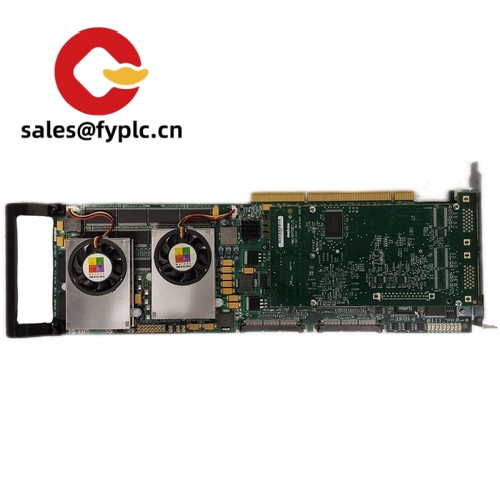

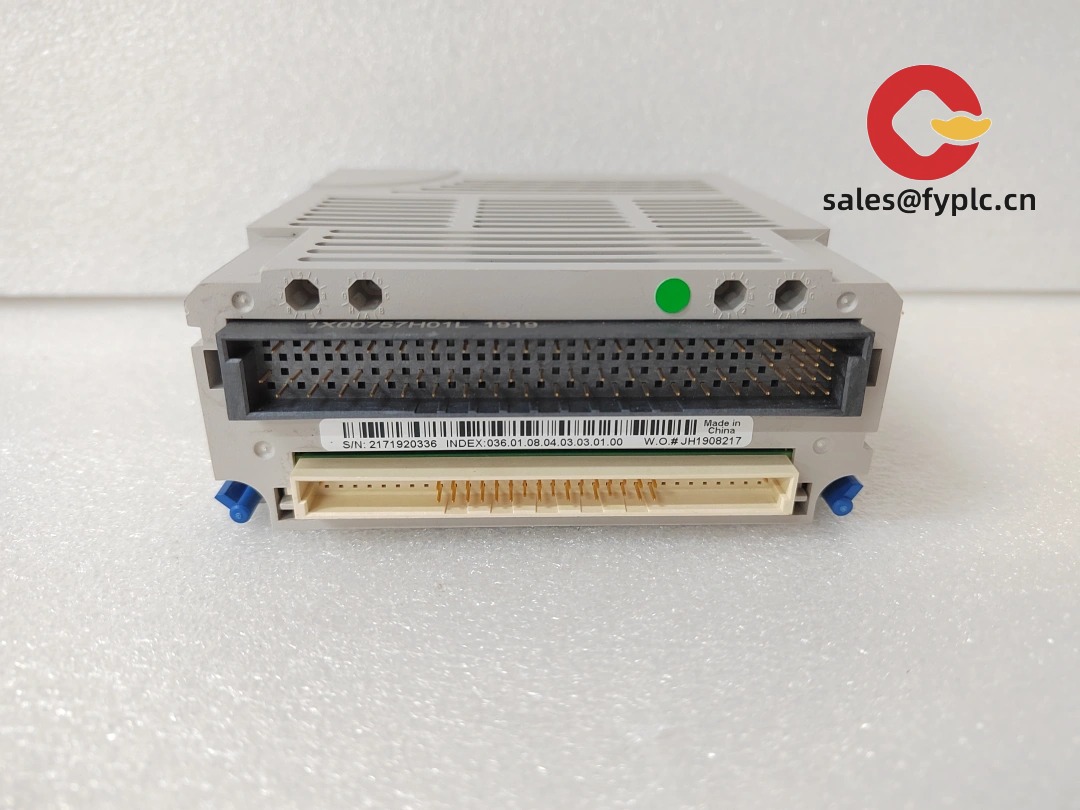


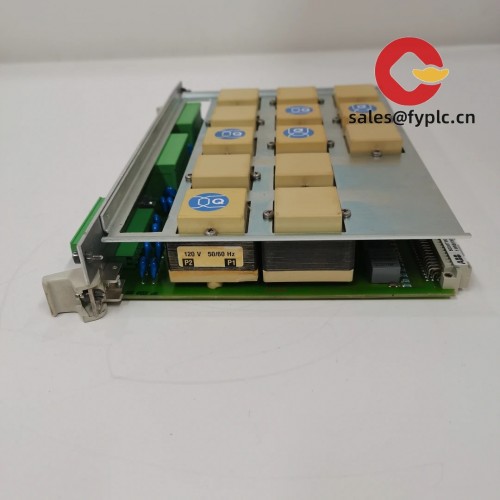
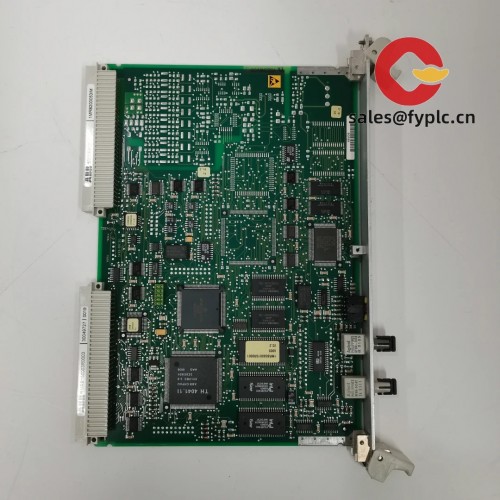
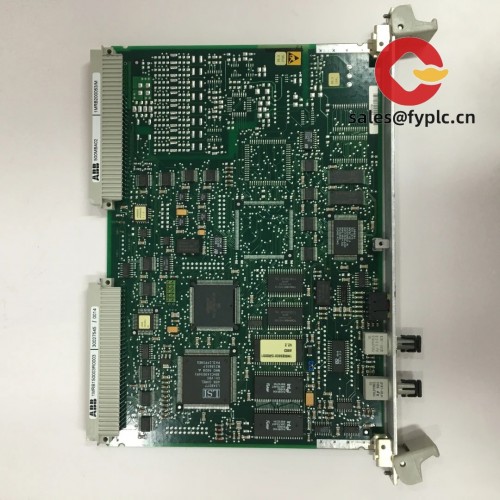
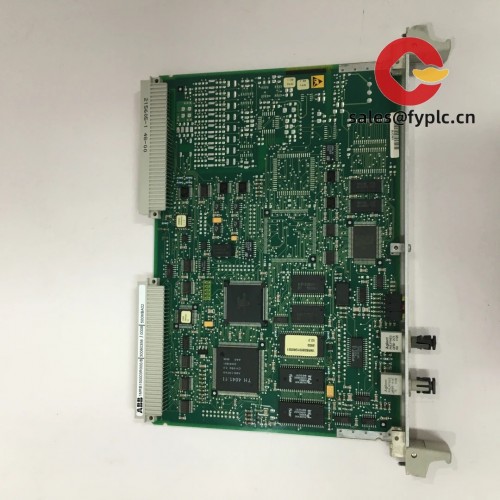
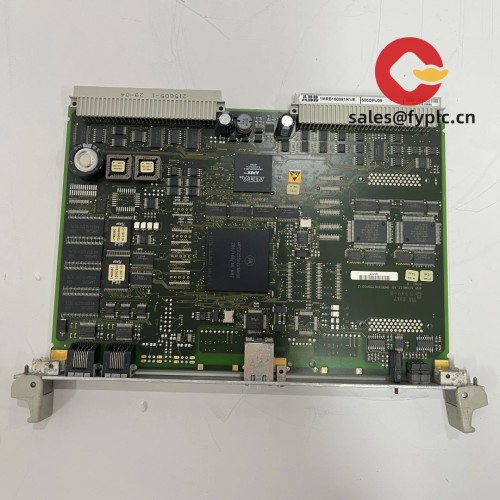


Reviews
There are no reviews yet.